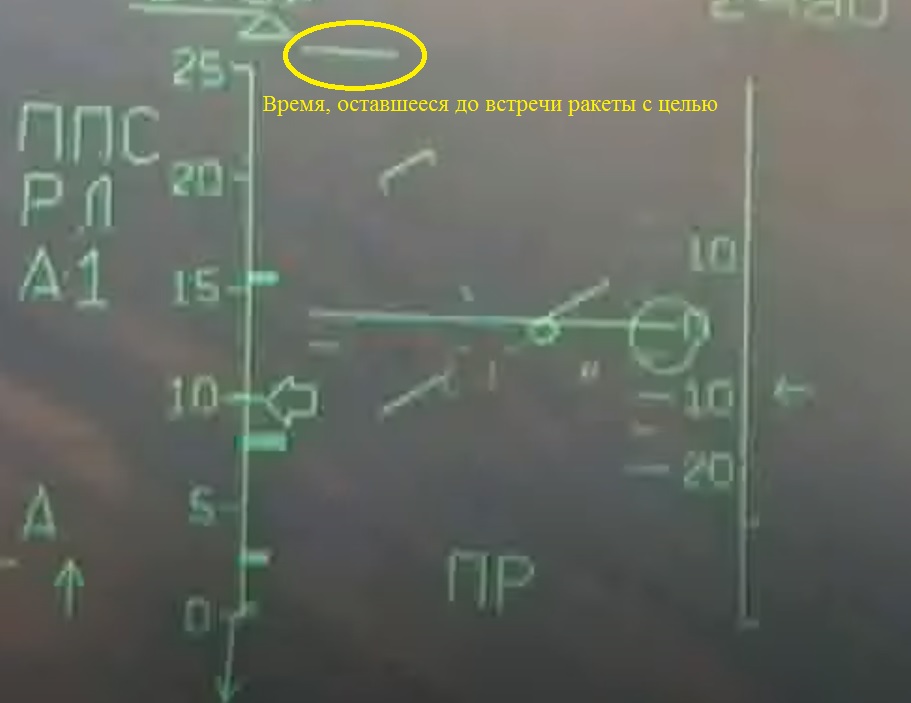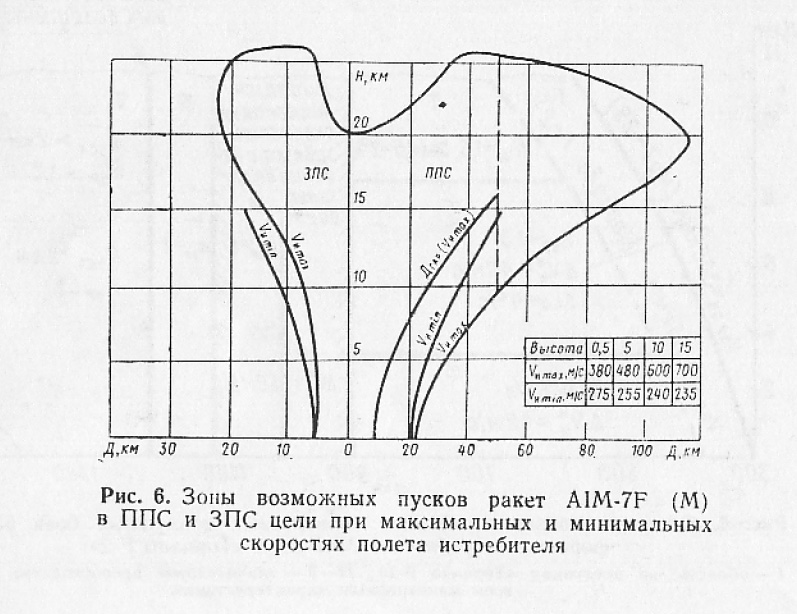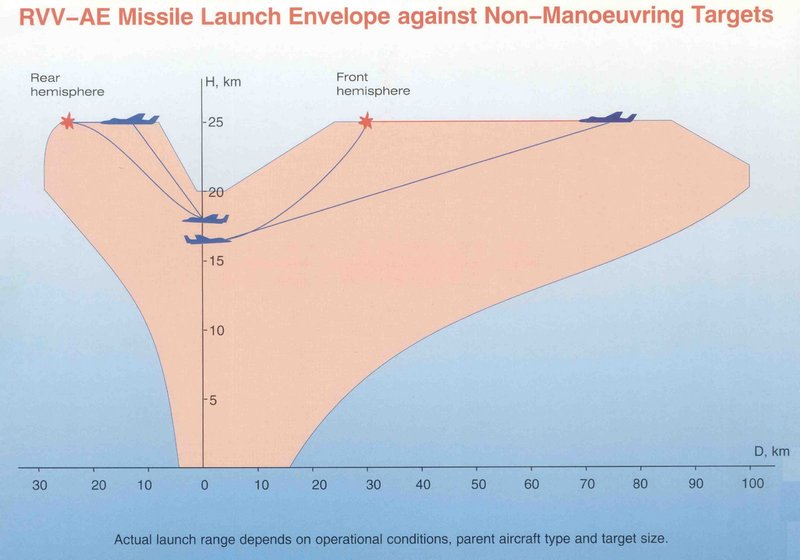-
Posts
509 -
Joined
-
Last visited
-
Days Won
1
Content Type
Profiles
Forums
Events
Everything posted by LJQCN101
-
Depends on speed, you'll get 1~4 lbs/sec fuel flow at those altitudes with Max AB, if you stay subsonic.
-

Flight model congratulations for the JF-17
LJQCN101 replied to 85th_Maverick's topic in JF-17 Thunder
It's 1.31x the drag index of a single pylon. Not that much. -

J-11A (Китайский Su-27SK?) скоро будет в ГС3
LJQCN101 replied to Katmandu's topic in DCS: Горячие Скалы
I know, it appears after a Ат_t_10 command is generated, and has a maximum length of 4 cm (60 sec). Besides, if you’re firing an R-77, it will flash when the missile go active, at least in J-11A and Su-30MKK. -

J-11A (Китайский Su-27SK?) скоро будет в ГС3
LJQCN101 replied to Katmandu's topic in DCS: Горячие Скалы
I think we're about to discuss the next step. I can check back to you in the near future. -

J-11A (Китайский Su-27SK?) скоро будет в ГС3
LJQCN101 replied to Katmandu's topic in DCS: Горячие Скалы
Well, you may see one if a full-fidelity SU-30 or something actually got released (one day hopefully). Yes in 27SK it's just TOI. Yes. -

J-11A (Китайский Su-27SK?) скоро будет в ГС3
LJQCN101 replied to Katmandu's topic in DCS: Горячие Скалы
The flashing part is not in 27SK manual. It's in the Chinese J-11A & SU-30Mkk manual. + I wrote this on the picture. -

J-11A (Китайский Su-27SK?) скоро будет в ГС3
LJQCN101 replied to Katmandu's topic in DCS: Горячие Скалы
Taken from an Youtube video just for illustration: The description of this bar can be seen in Su-27SK manual, and also J-11A & Su-30Mkk Chinese manual in real life. -

J-11A (Китайский Su-27SK?) скоро будет в ГС3
LJQCN101 replied to Katmandu's topic in DCS: Горячие Скалы
-

Flight model congratulations for the JF-17
LJQCN101 replied to 85th_Maverick's topic in JF-17 Thunder
Yes, around 3°. Longitudinal static stability becomes positive at supersonic speeds, so yes it becomes stable. The changing is a gradual process usually between 0.8 and 1.2 mach. -

Flight model congratulations for the JF-17
LJQCN101 replied to 85th_Maverick's topic in JF-17 Thunder
Yes it's changed along with the previous CL/CD revamp. The ΔCD0 created by speed brakes is corrected according to our new data, roughly the same as the CD0 of an clean aircraft at subsonic speeds, around 0.02-0.025 depends on speed. -

Flight model congratulations for the JF-17
LJQCN101 replied to 85th_Maverick's topic in JF-17 Thunder
Thanks for your attention in flight characteristics. It's quite interesting that I actually haven't seen many people test/review/criticise the flight model from a stability and control aspect. I also reviewed and corrected the elevator ISA rate limit. It should be a maximum of 60 deg/s. -
Depends on traditions, maximum range on those charts could be defined at a certain Pk, or a certain terminal mach number, or a terminal speed equals to the target speed plus a fixed bias, or potential available g. So it won't tell much actually. But it is least possible for the max range to be defined at which the missile is about to fall out of the sky.
-
I'm not from the missile team but this is my 2 cents assuming the SD-10 quote and Russian diagrams from the internet are all correct: (Correction: Vcarrier max at 10km seems to be 500m/s)
-
I did this to some (flanker family) pilots too, with the F-16 FLCS plus an artificial airspeed trimming law, and they said the same. Also recalled the F-18 test pilot who made a wrong conclusion on the g-command system of F-16 FLCS. (https://defence.pk/pdf/threads/f-16-vs-f-18-a-navy-test-pilots-perspective.169261/) Better for the pilot SME to know a little about aircraft stability and control so they can know the aircraft response when a certain input is given, using a quantitative figure such as how's the period/frequency of this oscillation etc. etc..
-

fixed Maximum commanded pitch rate in take-off & landing gains
LJQCN101 replied to LJQCN101's topic in DCS: F-16C Viper
Just a correction, the original source is from F-16 System Program Office. Those DTIC thesis use this as a quote. -
Sorry to bring it back but, I accidentally found out that there's indeed a TEF schedule from an early DFLCS block diagram. It's scheduled as a function of dynamic pressure and is mixed with the output signal from the roll FLCS at SURFACE COMMAND MIXER before it is sent to ISA. Not sure if it's still the case in later blocks. (F-16 Digital Flight Control System Functional Block Diagrams. Data obtained from Lt. Bruce Peet, F-16 System Program Office, Wright-Patterson OH.) There's another thing that is suspicious to me. If exceeding 370kts can cause damage to the Flaperon ISA, then the same could happen if a maximum roll is commanded, since the signal from TEF and roll axis is mixed and sent to the same ISA.
-
Best sustained turn rate at sea level happens roughly at 432kts/M0.65 with 50% fuel & 2xPL5. As a rule of thumb don't get slower than 350kts or your turn rate will drop rapidly.
-
Not a correct behavior, this will be the next emphasis.
-
Not a dead number actually.
-
That's engine surge above operational airspeed, which is 700kts. The anti surge system will reduce fuel flow and cutting afterburner for several seconds once a surge is detected. The sound and visual effect doesn't make it to this patch however. (Even more to come regarding limitations, but the manual really needs an update. Also a new training mission is planned to elaborate all the limitations of the aircraft.)
-
WIKIPEDIA is a joke actually. Try applying 3rd party using Wikipedia then. Fun fact, Wikipedia is blocked in China.
-
Engine response depends on altitude and airspeed. At higher speeds and lower altitudes you'll get better response.
-
It has a 2G limit and a 300kts airspeed limit.
-

Speed of the controls depends on fps
LJQCN101 replied to arkasha_s_mishkoi's topic in Bugs and Problems
EFM related is not affected by FPS, otherwise fuel flow will also be affected by FPS, which is a no-no. -

[NOT BUG] Center tank stays red in SMS after rearm/reload
LJQCN101 replied to MrDieing's topic in Fixed Bugs
There's also a phenomenon called inertia coupling which is a problem in relaxed static stability aircrafts equipped with ARI (Aileron-Roll Interconnect), including the F-16, JF-17 and F-18. If the aircraft is flying at some angle of attack and rolls about its velocity vector, it tends to pitch up and increase overall AOA or G.






